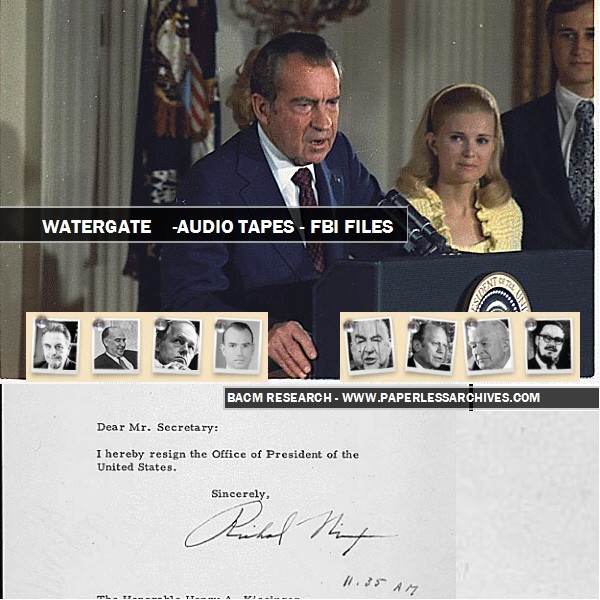
Watergate Nixon Recordings and Transcripts, FBI Review Files
$19.50
Description
Watergate Scandal: Key Events and Figures
Watergate Timeline of Main Events (Based on Provided Source)
This timeline focuses on the events directly mentioned or heavily implied in the provided description of the Nixon tapes and FBI files.
- February 1971: The Technical Services Division of the U.S. Secret Service installs a taping system in the White House, including line-taps on telephones and lavalier microphones in various rooms. This system will later record crucial Watergate-related conversations.
- June 17, 1972 (Implied): The Watergate break-in occurs at the Democratic National Committee (DNC) headquarters, as evidenced by the “Smoking Gun” tape discussion about the FBI investigation into the money found on the burglars.
- June 23, 1972 (Six days after break-in): The “Smoking Gun” tape is recorded. President Nixon and Chief of Staff H.R. Haldeman discuss the FBI’s investigation into the Watergate break-in, specifically the tracing of the source of money. Nixon instructs Haldeman to have the CIA tell the FBI to halt their investigation, claiming it’s a national security operation. They also discuss E. Howard Hunt’s involvement potentially linking the break-in to the CIA and the Bay of Pigs.
- March 21, 1973: The “Cancer on the Presidency” tape is recorded. John Dean provides President Nixon and H.R. Haldeman with a recap of the Watergate break-in and the subsequent cover-up. Dean warns Nixon that the cover-up is a “cancer on the Presidency.” The conversation includes discussions of blackmail, perjury, and the possibility of paying off the burglars.
- July 1973: Former presidential aide Alexander Butterfield reveals the existence of the White House taping system during his testimony before the Senate Watergate committee.
- Sometime after March 21, 1973 (Implied): The “Dean Resignation Tape” is recorded. President Nixon discusses the need for resignations from John Dean (and potentially Haldeman and Ehrlichman), offering options of “indefinite leave of absence” or “resignation” depending on their plea. The conversation touches on Magruder’s questioning about Haldeman and Ehrlichman’s role, Hunt’s blackmail, a review of the March 21st conversation, Executive Privilege, the plumbers operation, Senate hearings, Segretti’s dirty tricks, the need for open testimony, Ehrlichman’s instructions regarding clemency for Hunt, and Petersen’s reports to the President.
- August 5, 1974 (Four days before resignation – inferred from “Smoking Gun” tape description): The “Smoking Gun” tape is released publicly. This leads to a significant loss of Republican support for President Nixon in Congress.
- August 9, 1974: President Richard Nixon resigns from office. This is directly stated as occurring four days after the release of the “Smoking Gun” tape.
Cast of Characters with Brief Bios (Based on Provided Source)
- Richard Nixon: The 37th President of the United States. The tapes reveal his direct involvement in discussing and orchestrating aspects of the Watergate cover-up. His conversations highlight his concern about the FBI investigation and his attempts to use the CIA to obstruct it. He ultimately resigned due to the scandal.
- H.R. Haldeman: White House Chief of Staff under President Nixon. He is a central figure in many of the recorded conversations, including the “Smoking Gun” tape where he and Nixon discuss strategies to halt the FBI investigation. He also participates in the March 21st “Cancer on the Presidency” conversation. The “Dean Resignation Tape” suggests his potential resignation was also under consideration.
- John Dean: White House Counsel under President Nixon. He plays a crucial role in the unfolding of the Watergate scandal. The “Cancer on the Presidency” tape documents his detailed recounting of the cover-up to Nixon and his warning about its damaging effects. The “Dean Resignation Tape” indicates his potential departure from the White House and discusses his possible cooperation with investigators.
- E. Howard Hunt: Former CIA officer and one of the Watergate burglars. His involvement in the break-in is a key point of discussion in the “Smoking Gun” tape, as his connections to the CIA could be revealed by the FBI investigation. The “Dean Resignation Tape” mentions his blackmail and Ehrlichman’s instructions regarding clemency for him.
- Alexander Butterfield: Former presidential aide. His testimony before the Senate Watergate committee in July 1973 revealed the existence of the White House taping system, a crucial turning point in the investigation.
- G. Gordon Liddy: (Mentioned in “OTHER HIGHLIGHTS”) Involved in the Watergate break-in and had a prior CIA connection with E. Howard Hunt. He was also involved in “Operation Sandwedge” and had conflict with Magruder.
- Jeb Magruder: (Mentioned in “DEAN RESIGNATION TAPE” and “OTHER HIGHLIGHTS”) Questioned about the role of Haldeman and Ehrlichman in the cover-up. He was also involved in “Operation Sandwedge” at the Committee to Re-Elect the President and had conflict with Liddy.
- Charles Colson: (Mentioned in “DEAN RESIGNATION TAPE” and “OTHER HIGHLIGHTS”) Ehrlichman reportedly gave him instructions regarding clemency for E. Howard Hunt.
- Herbert Kalmbach: (Mentioned in “OTHER HIGHLIGHTS”) Involved in discussions related to campaign contributions and potentially using $350,000 to pay the Watergate defendants.
- Dwight Chapin: (Implied in “OTHER HIGHLIGHTS” through mention of “Segretti’s dirty tricks operation”) Chapin was Nixon’s appointments secretary and Segretti’s handler.
- Donald Segretti: (Mentioned in “DEAN RESIGNATION TAPE” and “OTHER HIGHLIGHTS”) Involved in “dirty tricks” operations, potentially against political opponents like George McGovern.
- George McGovern: (Mentioned in “OTHER HIGHLIGHTS”) The Democratic presidential candidate in 1972, who was potentially the target of bugging and other “dirty tricks.”
- Alger Hiss: (Mentioned in “OTHER HIGHLIGHTS”) A former State Department official accused of espionage in the 1940s. Nixon reportedly compared the Watergate hearings to the Hiss case.
- Petersen: (Mentioned in “DEAN RESIGNATION TAPE”) Reported to President Nixon on matters related to Watergate.
- Bay of Pigs figures: (Implied in “SMOKING GUN TAPE”) Individuals involved in the failed 1961 invasion of Cuba, which E. Howard Hunt was connected to. The Nixon administration feared Hunt’s Watergate involvement could expose these past operations
Watergate Nixon Recordings and Transcripts, FBI Files.
FBI FILES
140 of files copied from FBI Headquarters in Washington, D.C., covering FBI analysis of its conduct during the Watergate investigation.
NIXON TAPES – RECORDINGS AND TRANSCRIPTS
14 hours of selected conversations. Transcripts are searchable and printable.
The conversations were recorded on the White House taping system and White House dictabelts. The recording system was installed by the Technical Services Division of the U.S. Secret Service in February 1971. In addition to the line-taps placed on the telephones, small lavalier microphones were installed at various locations around the rooms. The recordings were produced on as many as nine Sony TC-800B machines. The existence of the White House taping system was first made public during the testimony of former presidential aide Alexander Butterfield before the Senate Watergate committee in July 1973.
Recordings include the “Smoking Gun,” “Milk Fund,” “Cancer on the Presidency,” “Dean Resignation,” and the “Telephone Conversations” tapes.
SMOKING GUN TAPE
Recorded on June 23, 1972 six days after the break-in. It recorded a discussion between Nixon and White House chief of staff H.R. Haldeman. Haldeman and Nixon discuss the progress of the FBI’s investigation, especially the tracing of the source of money found on the burglars. When Nixon was told that the FBI’s investigation was leading to Nixon’s re-election campaign, Nixon instructed Haldeman to tell the FBI, “Don’t go any further into this case, period.” They propose having the CIA ask the FBI to halt their investigation of the Watergate break-in by claiming that the break-in was a national security operation. They discuss how Hunt’s involvement in the Watergate break-in would point the investigators to the CIA, and potentially, Hunt’s role in the Bay of Pigs debacle. After the “Smoking Gun” tape was released, Nixon lost Republican support in Congress. On August 9th, four days later after the release of the conversation, President Nixon resigned.
CANCER ON THE PRESIDENCY TAPE
Conversation recorded in the White House Oval Office on March 21st, 1973, between President Nixon, H.R. Haldeman, and John Dean. Dean recaps the history of the Watergate break-in and subsequent cover-up for the President. They guess at who was responsible for setting the break-in in motion. Dean tells the President that the cover-up is “a cancer on the Presidency” that must be excised, or his Presidency would be in danger. Also discussed: references to blackmail, perjury; discussion of paying the burglars off with one million dollars.
DEAN RESIGNATION TAPE
President Nixon discusses the need to have resignations of Dean (and Haldeman and Ehrlichman) “at the ready” and offers two options, “indefinite leave of absence” or “resignation”, depending on plea. They discuss: Magruder questioned about Haldeman and Ehrlichman’s role in cover-up; contrast between involvement of White House staff in break-in and cover-up; Hunt’s blackmail; review of March 21st conversation; Executive Privilege; plumbers operation; Senate hearings; Segretti’s dirty tricks operation; the need for open testimony; Ehrlichman’s instructions to Colson regarding clemency for Hunt; Petersen’s reports to President; form resignation letter.
OTHER HIGHLIGHTS
Recordings contain other conversations involving President Nixon, H.R. Haldeman, John Dean, John Ehrlichman, E. Howard Hunt, Charles Colson, or Herbert Kalmbach. Recorded in the Oval Office, Old Executive Office Building Office, on White House telephone, and dictabelt recordings. Topics include: bugs in other political campaigns; election law violations; the Washington Post’s TV & Radio licenses; depositions on sex-lives of DNC members; possible reasons why McGovern was bugged; CIA connection between G. Gordon Liddy and Hunt; a rationale for the Watergate break-in; President Nixon compares the Watergate hearings with the Alger Hiss case; the possible use of $350,000 in campaign contributions to pay the Watergate defendants; Segretti dirty tricks; Operation Sandwedge (intelligence-gathering operation at the Committee to Re-Elect the President; conflict between Liddy and Magruder; quality of intelligence gathered from DNC; and Dean cooperating in hopes of immunity.
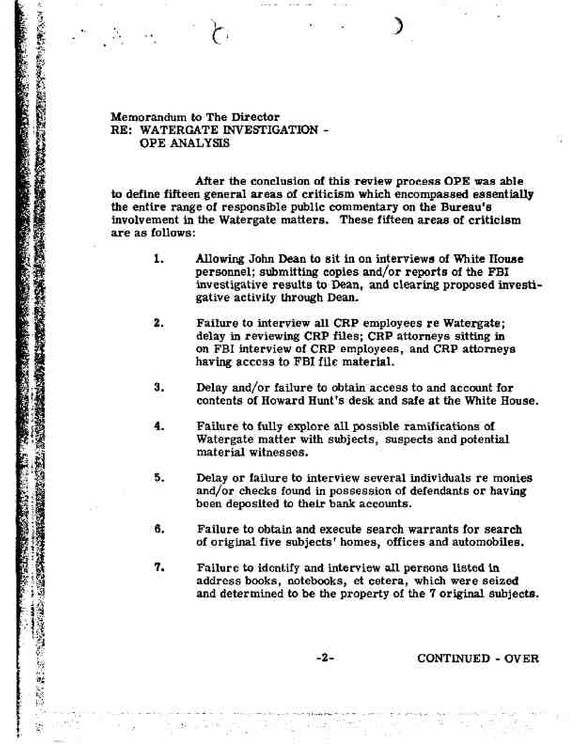

Related products
-
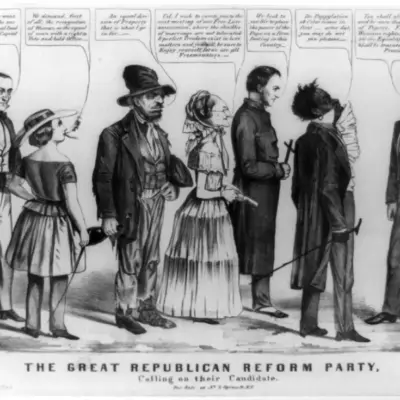

Slavery Political Cartoons: Cartoon Slavery 1789 – 1880
$19.50 Add to Cart -
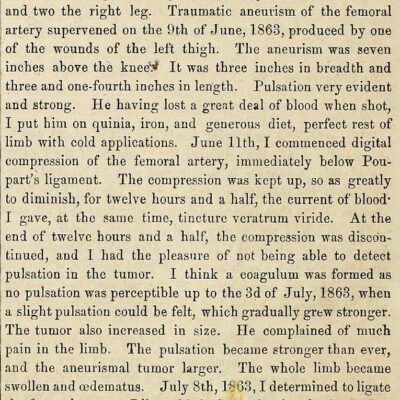
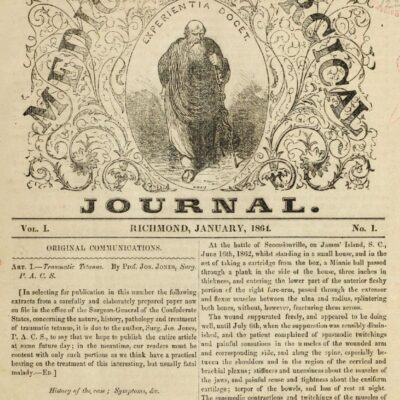
Civil War Confederate States Medical and Surgical Journal (1864 – 1865)
$19.50 Add to Cart -
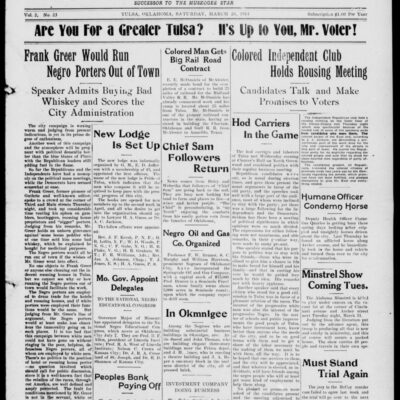
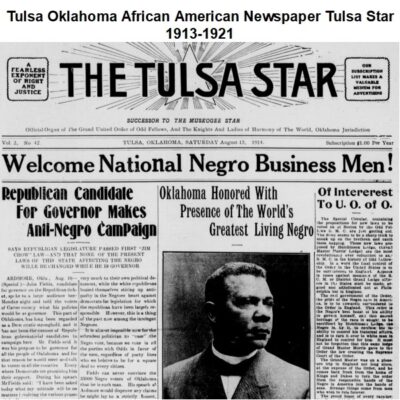
Tulsa Oklahoma African American Newspaper Tulsa Star 1913-1921
$9.90 Add to Cart -
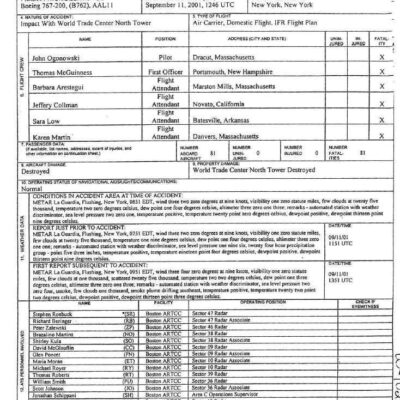
9/11 Terrorist Attacks: FAA & NTSB Documents
$19.50 Add to Cart